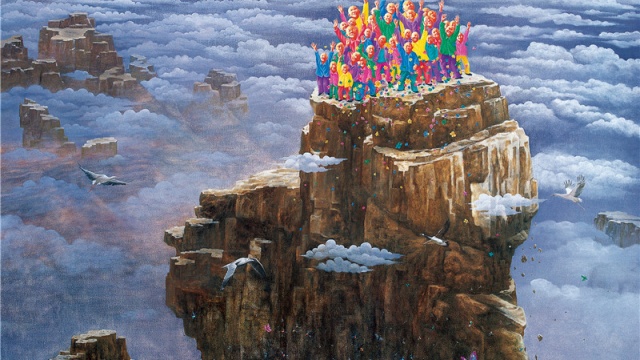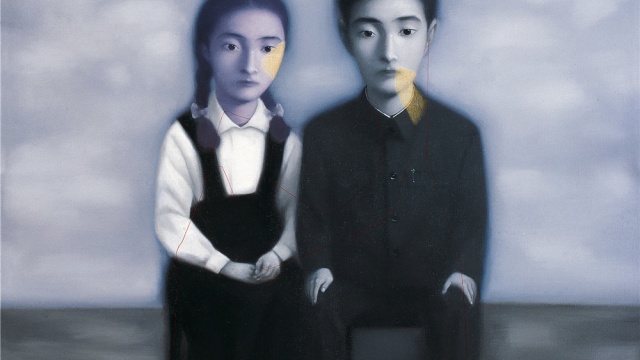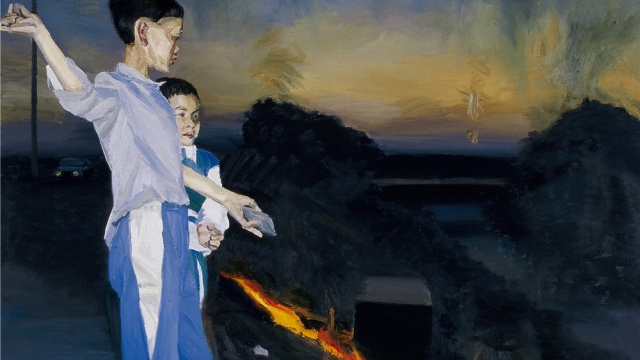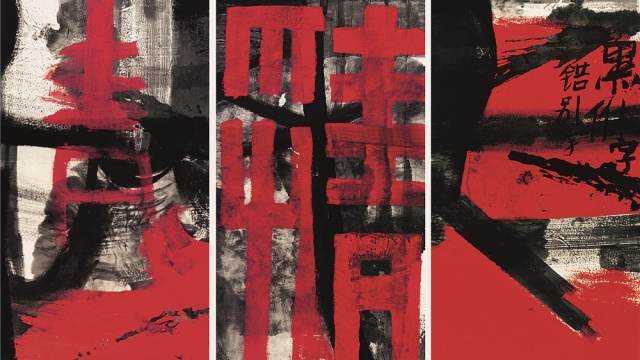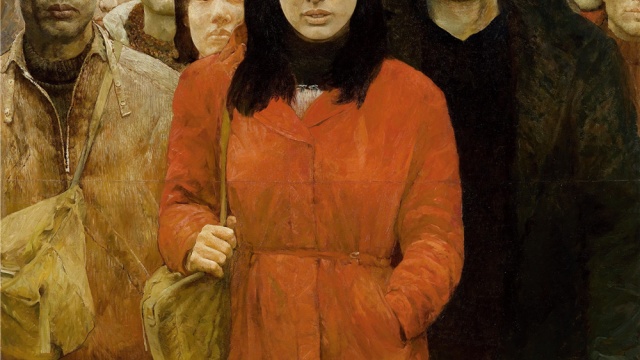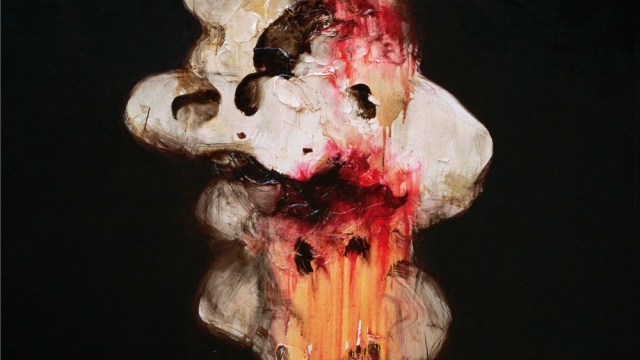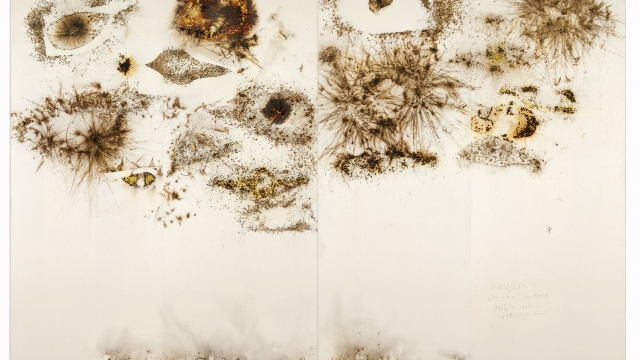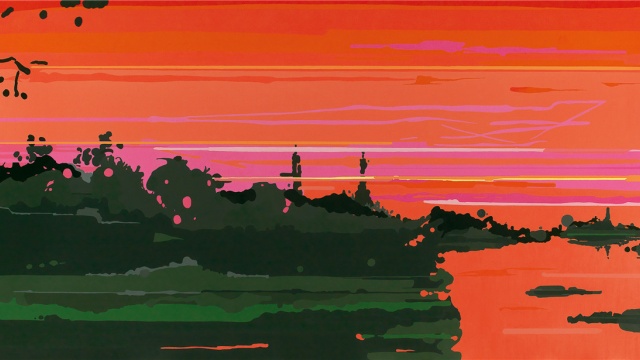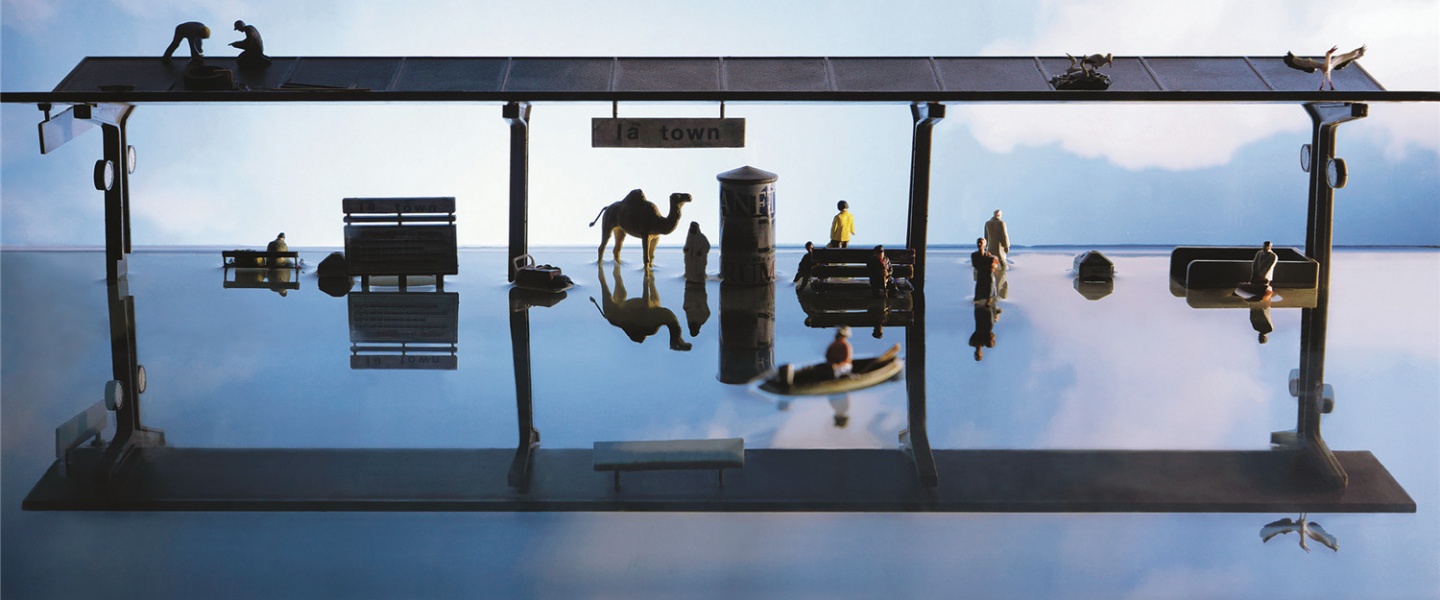
Turning Point - 40 Years of Chinese Contemporary Art
|
|
From June 16th to October 7th in 2018, the Long Museum (West Bund) will hold the exhibition “Turning Point - 40 Years of Chinese Contemporary Art” in the first floor gallery and in the stairway gallery, showing around 100 significant artists’ works in the history of Chinese contemporary art after 1978.
In 1978, China stepped into the process of Chinese Economic Reform and Opening-up with the milestone opening of the Third Plenary Session. 1978 was a turning point in the history of China and Chinese contemporary art. From this point, Chinese contemporary art has been undergoing an extraordinary pathway.
At the beginning of 1979, the Twelve Men Exhibition and Stars Art Exhibition became two iconic exhibitions for Chinese contemporary art. Starting from these two exhibitions, Chinese contemporary art awakened, and various types of art groups and exhibitions emerged throughout the country. The revival of human nature and the spirit of freedom enabled artists to produce works creatively. The Scar Art, the Local Realism and the 85 New Wave appeared one after another. These avant-garde art movements with various kinds of art forms were terminated by the China Modern Art Exhibition held by the National Art Museum of China in 1989.
During the early 1990s, the development of Chinese contemporary art was rapid in an utterly new social and cultural context. As a monument to the age, the Venice Biennale in 1993 and the São Paulo Art Biennial in 1994, Chinese contemporary art was gradually merged into the context of globalization. Political Pop and Cynical Realism had a place in the international arena, and also triggered fierce discussions about the post-colonial discourse, the regional experience in the context of globalization, and issues around “international identities” of Chinese artists.
After the 21st century, China’s modernization has made Chinese contemporary art more complex and changeable. It has been synchronized with the world in terms of concepts and techniques. The artists have increasingly affirmed their identities, and they create artworks reflecting on the surrounding objects starting from the current social relations and self-viewing.
This exhibition takes a chronological approach. The Long Museum selects around 100 artworks from its collection, which are extremely influential among the past 40 years, including oil paintings, traditional Chinese paintings, sculptures, videos and installations. Echoing the 40th Anniversary of Chinese Economic Reform and Open up, the exhibition shows the history of Chinese art since 1978. All the art works are divided into four chapters: 1978-1984; 1985-1989; 1990-1999; After 2000. This exhibition not only shows artistic practices and explorations of Chinese artists, but also the vigour and vitality of Chinese art. The Long Museum hopes the exhibition will bring audience a deeper understanding of the spirit and uniqueness of Chinese contemporary art.
Lv Peng, the Chinese famous art historian and art critic, commented that, “this exhibition chronologically displays some of the collections of the Long Museum over the past 40 years, and proves that the 40-year art history is barely a turning point in the history. It’s a new start, we should appreciate the past achievements and in the meantime clarify the real mission for a brighter future. ”
At the opening of the exhibition, the Chinese and English bilingual catalogue Turning Point - 40 Years of Chinese Contemporary Art published by Shanghai Culture Press will be released simultaneously. The catalogue includes a foreword contributed by Wang Wei, the director of Long Museum, and the other significiant article was from Lv Peng, a well-known art historian and art critic. The readers could get a clear view of all the artworks by a chronological approach.
Long Museum (West Bund) will hold an opening lecture on the afternoon of June 15, inviting the artists Zhou Chunya, Zhang Xiaogang as guests, Xie Xiaodong as guest speaker, talking about “40 Years of Chinese Contemporary Art".
Recommended activities
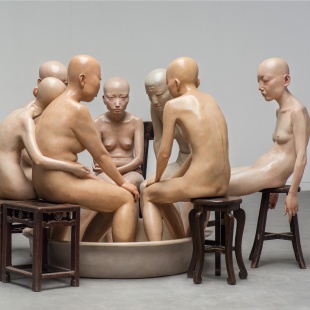
Xiang Jing: Through No One’s Eyes But My Own
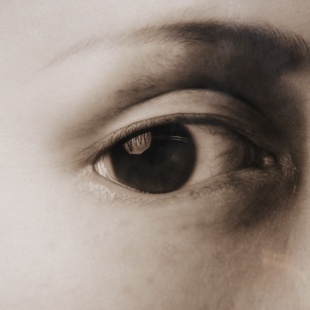
Black and White — An Exhibition of Monochrome
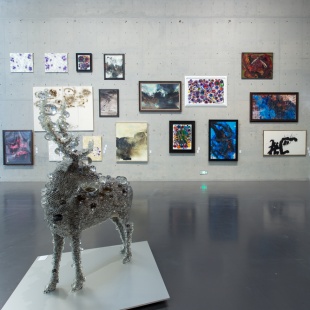
Breaking through to the actual via the imagination:Long museum collection show concept by Yuko Hasegawa
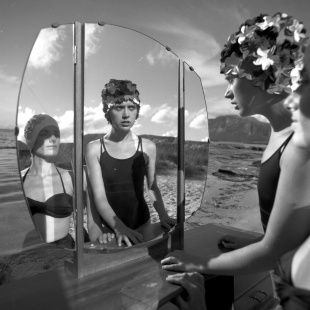
Yang Fudong: Dawn Breaking
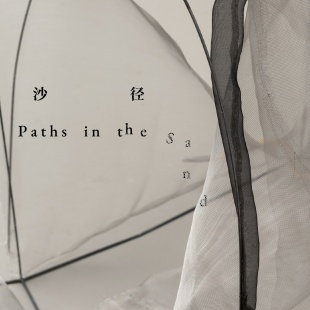
Hu Xiaoyuan: Paths in the Sand
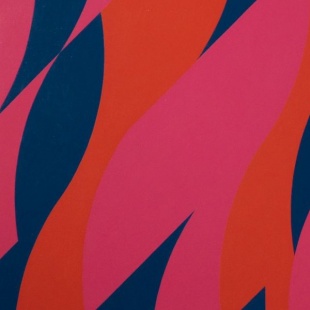
Women in Abstraction
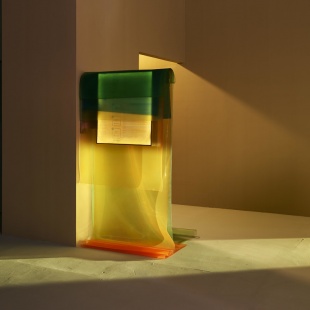
Chen We: Make me illusory
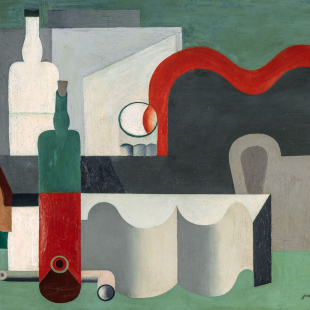
The Voice of Things-Highlights of the Centre Pompidou Collection vol.II
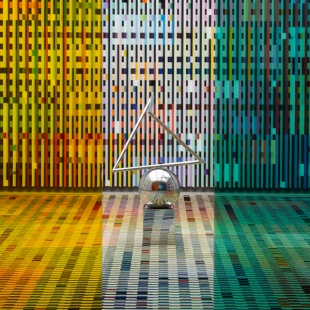
Living Images
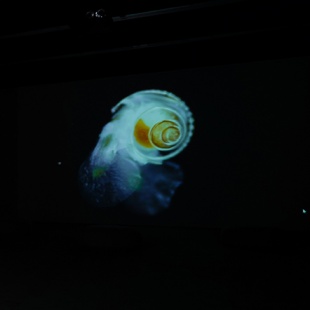
Laurent Grasso
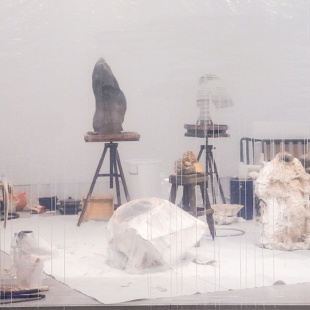
Yu Ji Spontaneous Decisions II
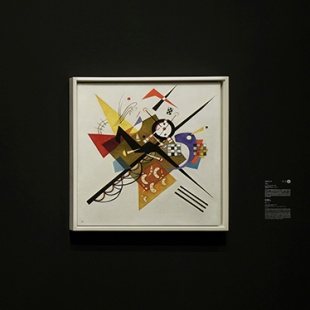
Kandinsky The Pioneer of Abstract Art
